You might have seen Indian Almond, or Catappa leaves for sale in your local fish store.
But what are Indian almond leaves benefits for aquariums? Do Indian Almond leaves lower ammonia levels? And are Indian almond leaves good for goldfish and betta fish?
Read this guide to learn more about the pros and cons of using Indian almond leaves in your fish tank.
What Are Indian Almond Leaves For Aquariums?
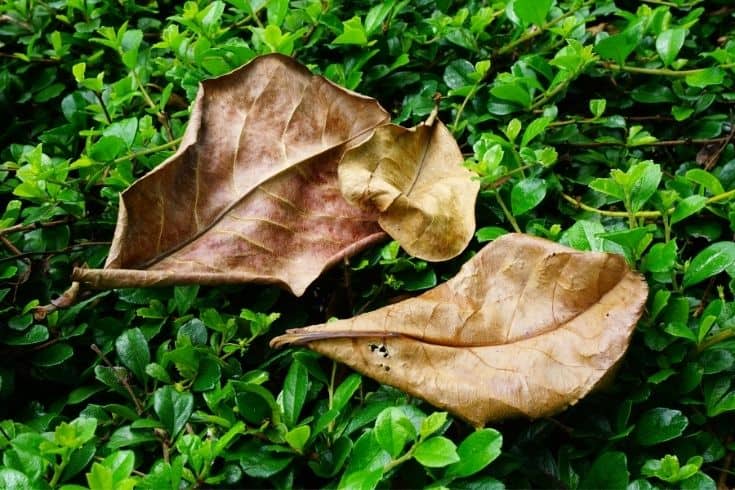
Indian almond leaves or Catappa leaves come from the tropical Terminalia catappa or Indian Almond tree that grows in tropical countries, specifically Australia, Africa, and Asia.
The bark and leaves of the tree have long been used by people as medicinal and are known to contain a variety of chemicals, including beneficial tannins, such as punicalagin and punicalin, flavonoids, including kaempferol and quercetin, and a range of saponins and phytosterols.
Many of those substances are proven to be highly effective against some bacteria and parasites, especially plasmodium.
These days, Indian almond leaves are widely used by aquarists in their aquariums for their health benefits and to create a natural habitat for their fish.
Benefits Of Using Indian Almond Leaves In Fish Tanks
So, what are the benefits of using Catappa leaves in aquariums?
Create A Natural Habitat
Many popular aquarium fish species, including some tetras, come from what’s termed a “blackwater” environment. Here, the water is stained a golden brown color by natural tannins released by decomposing leaf litter on the substrate.
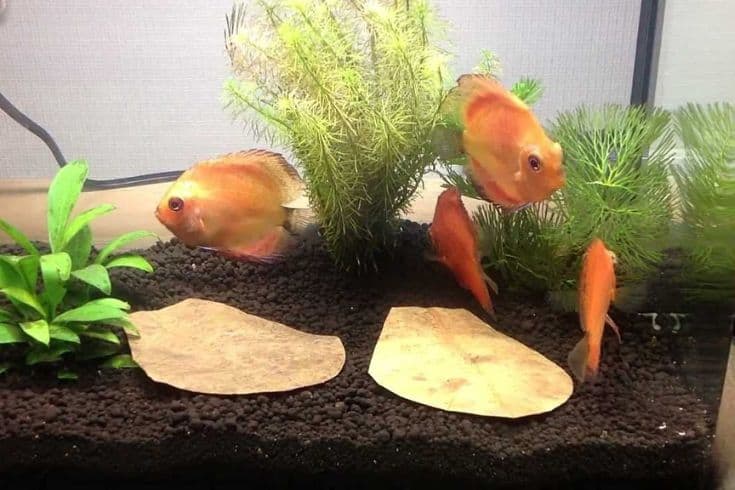
To help your fish thrive, you should try to replicate their natural habitat, and many hobbyists routinely use Indian almond leaves as a great way of recreating that blackwater biotope and brown water color in an Amazon rainforest-themed aquascape.
Natural Tannins
As mentioned above, Indian almond leaves contain lots of tannins that help to keep disease at bay without the use of chemicals and naturally create a blackwater habitat.
Antifungal Properties
If you’re keen on breeding your fish, you’ll understand how fungus outbreaks (furunculosis) can be devastating, often wiping out whole clutches of eggs in just a few hours.
Indian almond leaves release chemicals that can help to prevent fungus from forming, protecting fish eggs and fragile fry.
Control Water Hardness
Fish species that live in blackwater habitats prefer soft water with low pH levels, and that’s where Indian almond leaves can help the hobbyist by significantly reducing water hardness and pH levels.
Often, tap water is high in minerals, leading to hard water in your aquarium, which is not great for many fish species. In that case, many hobbyists use a commercial chemical product to lower or buffer the pH of their aquarium. Unfortunately, that effect is often short-lived and requires regular repetition.
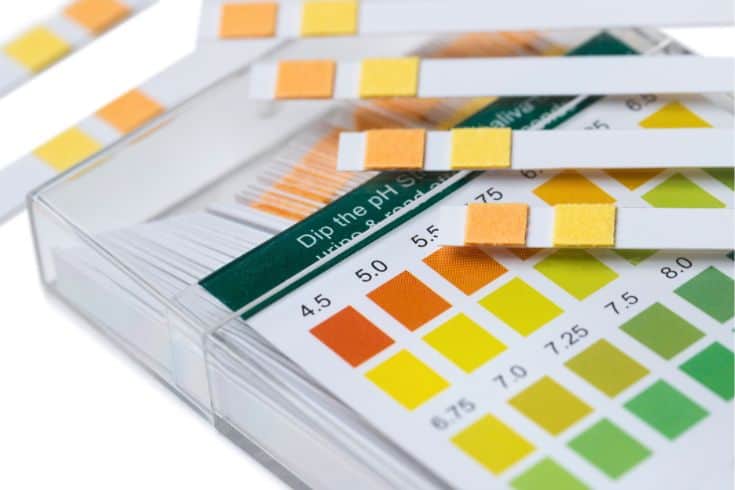
Indian Almond leaves slowly lower water pH and reduce water hardness without the need for expensive chemicals. Since the change in pH balance happens slowly, there’s no sudden fluctuation in the water chemistry, which is much better for your fish.
Constant Water Parameters
Since Indian almond leaves decompose very slowly, it’s much easier to maintain constant water parameters than it is with chemical alternatives.
Fluctuations in water chemistry are highly stressful for your fish, so using Catappa leaves is much better for your livestock in the long run.
Medicinal Properties
Indian almond leaves produce flavonoids as they decompose, helping to suppress harmful bacteria and suppressing illnesses among fish communities. In addition, flavonoids act as “cell cycle inhibitors,” acting as anti-inflammatories and antioxidants, encouraging healing and helping to prevent disease outbreaks.
Catappa leaves also produce saponins, chemicals that can improve the capacity of cell membranes to absorb macromolecules and proteins into the fish’s cells. Saponins can also promote a healthy immune system, which is essential in protecting your fish from the damaging effects of stress.
Cost Effective

Indian almond leaves are readily available in most pet and fish stores, costing only a few dollars for a pack that will last you quite a long time, making this a natural, cost-effective solution compared to pricey chemicals.
Betta Fish Breeding
If you keep bettas and inverts that prefer soft, acidic water, adding a few Indian Almond leaves to a spawning tank can create similar water conditions to those the fish enjoy in their wild environment, which often encourages spawning.
Fry and Shrimp Food
As Indian almond leaves decompose, a layer of biofilm forms on them, providing a food source for shrimplets and fish fry. Newly hatched fry often can’t take commercially produced foods or even finely crushed fish flakes, so biofilm makes the perfect starter diet for them.
Many freshwater crayfish and dwarf shrimp love grazing on Catappa leaves! In fact, some shrimp tank enthusiasts say that their shrimp gather on a decomposing leaf, nibbling away until the whole leaf is gone.
Improve Shrimp Color
Many shrimp breeders maintain that Indian almond leaves improve their shrimps’ color and longevity, although it’s not fully understood why that should be.
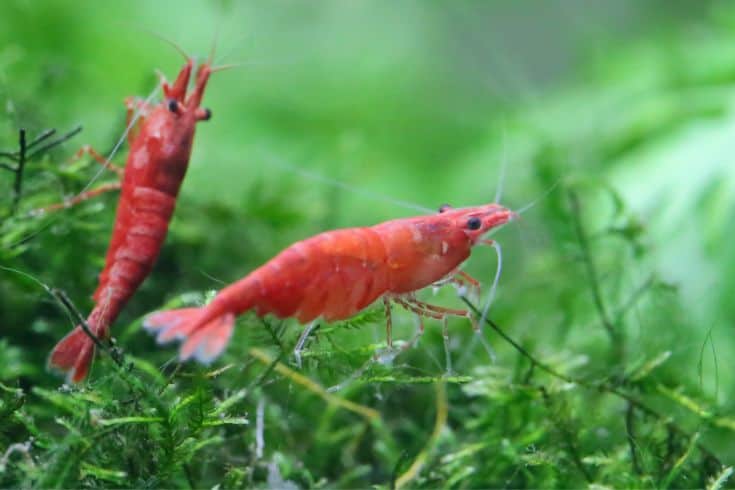
Faster Healing
Using Catappa leaves in a hospital tank can lead to quicker healing in sick fish.
In fact, if I have a sick fish, I generally use high-quality Indian almond leaves, pristine tank water, and aquarium salt in my hospital tank, and that often clears up mild bacterial conditions without the need for regular fish medications.
Provide Shelter
Thanks to their relatively large size, Indian Almond leaves can offer shelter for tiny fish species and fry that could otherwise be used as a food source by larger fish.
The natural leaf litter effect provided by Catappa leaves not only looks beautiful but also provides hiding spots for inverts and bottom-dwellers.
Water Conditioning Properties
Indian almond leaves are often referred to as “poor man’s water conditioner.”
That’s because the presence of Catappa leaves in the natural environment is proven to lower the water’s pH slowly. Under those conditions, ammonia is converted to less toxic ammonium, so using the leaves in your tank can help to clean and condition the water.
The tannins released by Indian almond leaves can also bind up heavy metals, helping to reduce their toxic effect on your fish.
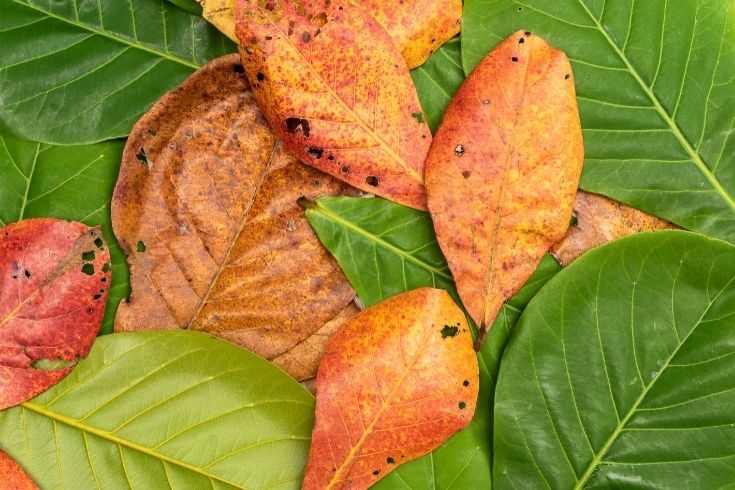
That said, we recommend that you always use a commercial water dechlorinator when carrying out partial water changes in your tank. Tap water contains the chemicals chlorine and chloramine, both of which can be fatal to your fish.
Downsides Of Indian Almond Leaves
Although there are undoubtedly plenty of good reasons to use Indian almond leaves in your fish tank, there are a few downsides too.
Discolored Water
If you don’t want a natural-looking blackwater aquascape for your fish tank, you might not like the tea-colored water that Indian almond leaves create as they decompose.
Not Suitable For All Fish
Since Indian almond leaves lower the water pH and reduce water hardness, using them in a tank containing fish that prefer more alkaline water with a higher pH can harm the fish.
Before adding fish to your aquarium, check what conditions the species prefer.
Lots of fish come from habitats with a higher pH and hard water, including the following:
- Guppies (Poecilia reticulata)
- Flagfish (Jordanella floridae)
- Molly fish (Poecilia latipinna)
- Odessa barb (Pethia padamya)
Fish that need soft water and a lower pH include:
- Glowlight tetras (Hemigrammus erythrozonus)
- Cardinal tetras (Paracheirodon axelrodi)
- South American Dwarf cichlids (various species)
A wide variety of fish can tolerate a wider range of aquarium water conditions and parameters than others, so always check before you buy!
Preparation Of Indian Almond Leaves
There are three ways in which you can prepare Indian almond leaves for your aquarium.
Make An Indian Almond Leaf Extract
If you don’t like darker water and you don’t want to add the leaves directly to your fish tank, you can use them to make an extract by following the procedure we described earlier.
Alternatively, you could buy some pre-prepared Indian almond leaf extracts available in good fish stores and online.
How to Make An Extract
You can still enjoy the many benefits of Catappa leaves without putting them directly into your fish tank by making an extract from the leaves. Check our guide below;
- Boil 2 quarts of clean, dechlorinated tap water.
- Add one or two medium-sized Catappa leaves into a Mason jar.
- Pour the boiling water into the Mason jar.
- Leave the Mason jar open for 24 hours.
- The next day, remove the Indian almond leaves from the Mason jar.
- Put a lid on the jar, and place it in your fridge for a couple of months.
Now you can use your Indian almond leaf extract to provide all the benefits to your fish tank without changing the water’s color. Add a small amount of extract every few weeks or so at a rate of one ounce per gallon of water.
You can buy commercially produced Catappa leaf extract, but it’s usually more cost-effective to make your own.
Add The Leaves To Your Aquarium
Pre-soaking the Indian Almond leaves is not necessary, and you don’t need to cook or boil the tree leaves, as that can remove the tannins and destroy many of the benefits the leaves provide.
The quickest, easiest way of using Catappa leaves in your fish tank is to add one or two whole, dried leaves every two months or so. You’ll need one medium-sized leaf per 10 gallons of water.
Shred The Leaves
If you don’t like the look of the leaves and want to make them less obvious in your aquarium, shred the appropriate quantity of leaves before adding them to your tank.
Shredding the leaves can also help to speed up the release of tannins into the water.
FAQs
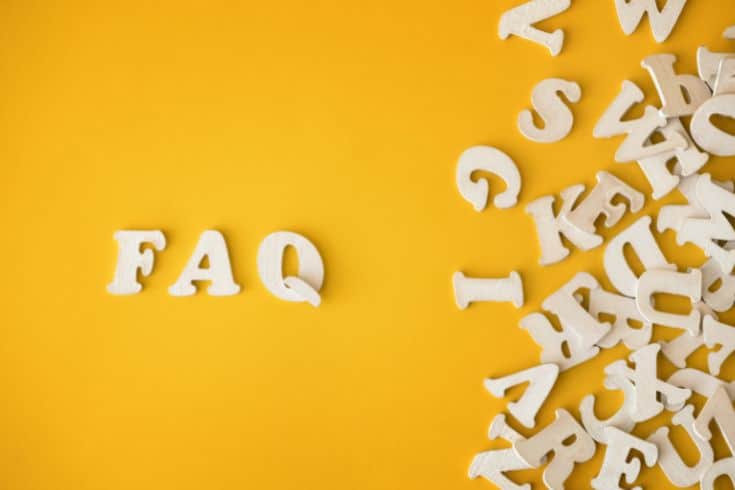
Q: What alternatives to Indian Almond leaves are there?
A: There are several alternatives to using Indian Almond leaves, including peat moss, alder cones, driftwood, and dried banana leaves.
Q Are Indian almond leaves safe?
A: Yes, Indian almond leaves are safe for use in fish tanks. It’s thought the leaves have mild antibacterial properties and can be used to decrease water hardness.
Q: Should I boil my Indian almond leaves?
A: We don’t generally boil Indian almond leaves as that removes the tannins the leaves contain, reducing their benefits for your fish tank.
Q: Do Indian almond leaves raise pH?
A: Indian Almond leaves gradually soften the water in your tank, slowly lowering the pH levels.
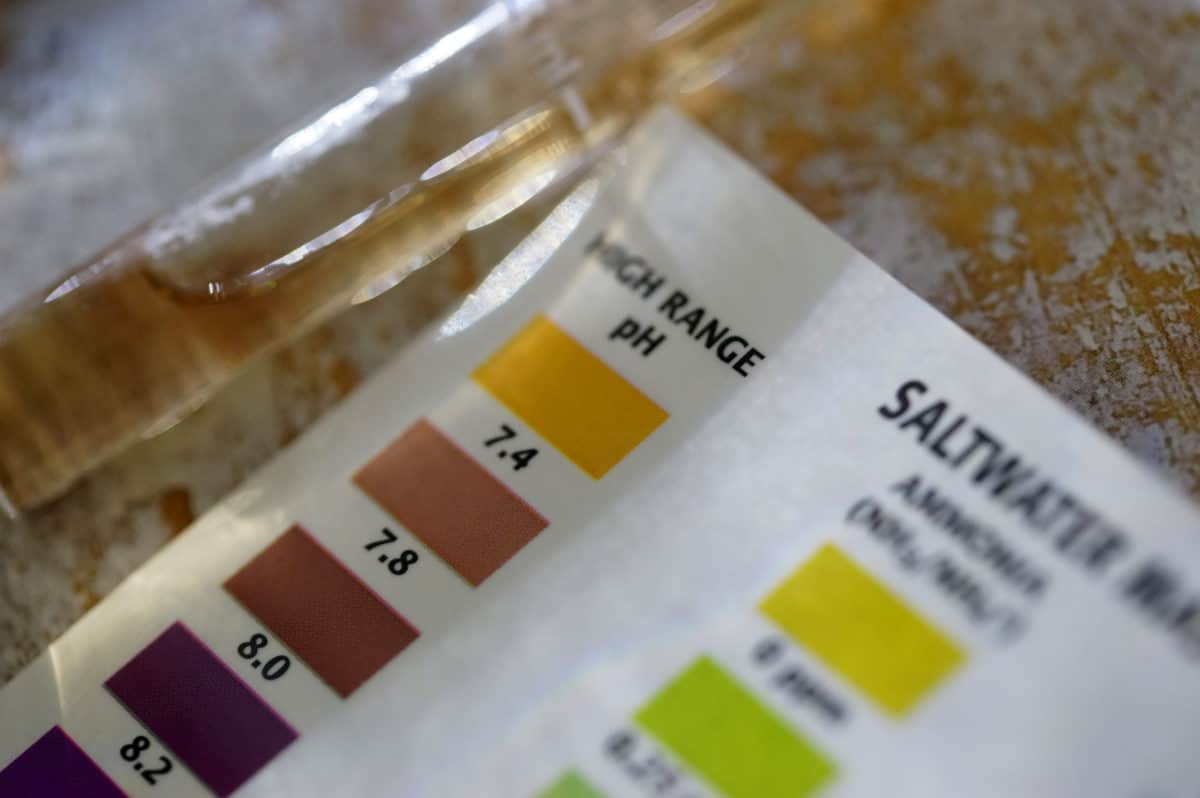
Q: What are Indian almond leaves called?
A: Indian almond leaves are also called Catappa leaves.
Q: Can Indian almond leaves cause increased ammonia?
A: Because Indian almond leaves can gradually lower the water pH in your fish tank, it’s thought that they can also help to control ammonia levels. That’s because ammonia is converted to the less toxic chemical ammonium when pH levels are below 8.0.
Q: Can I leave Indian almond leaves in my fish tank?
A: It’s fine to leave Indian almond leaves in your fish tank. The leaves gradually break down, usually over around two months. All you need to do is remove the leaf veins from your tank and replace the leaves.
Q: How many Indian almond leaves do I need per gallon?
A: We recommend using 1 medium-sized Catappa leaf for every 10 gallons of water in your tank. In small tanks, a smaller piece of leaf will be sufficient.
Final Thoughts
I hope you enjoyed our guide to the benefits and uses of Indian Almond leaves for your aquarium. If you did, please share the article!
The brown tannins contained in Indian almond leaves have many benefits for your aquarium, including lowering water pH, providing antibacterial effects and other health benefits for your fish, and helping to create a blackwater environment.
Do you use Indian almond leaves in your fish tank, or do you have an alternative? Tell us about your setup in the comments box below!
